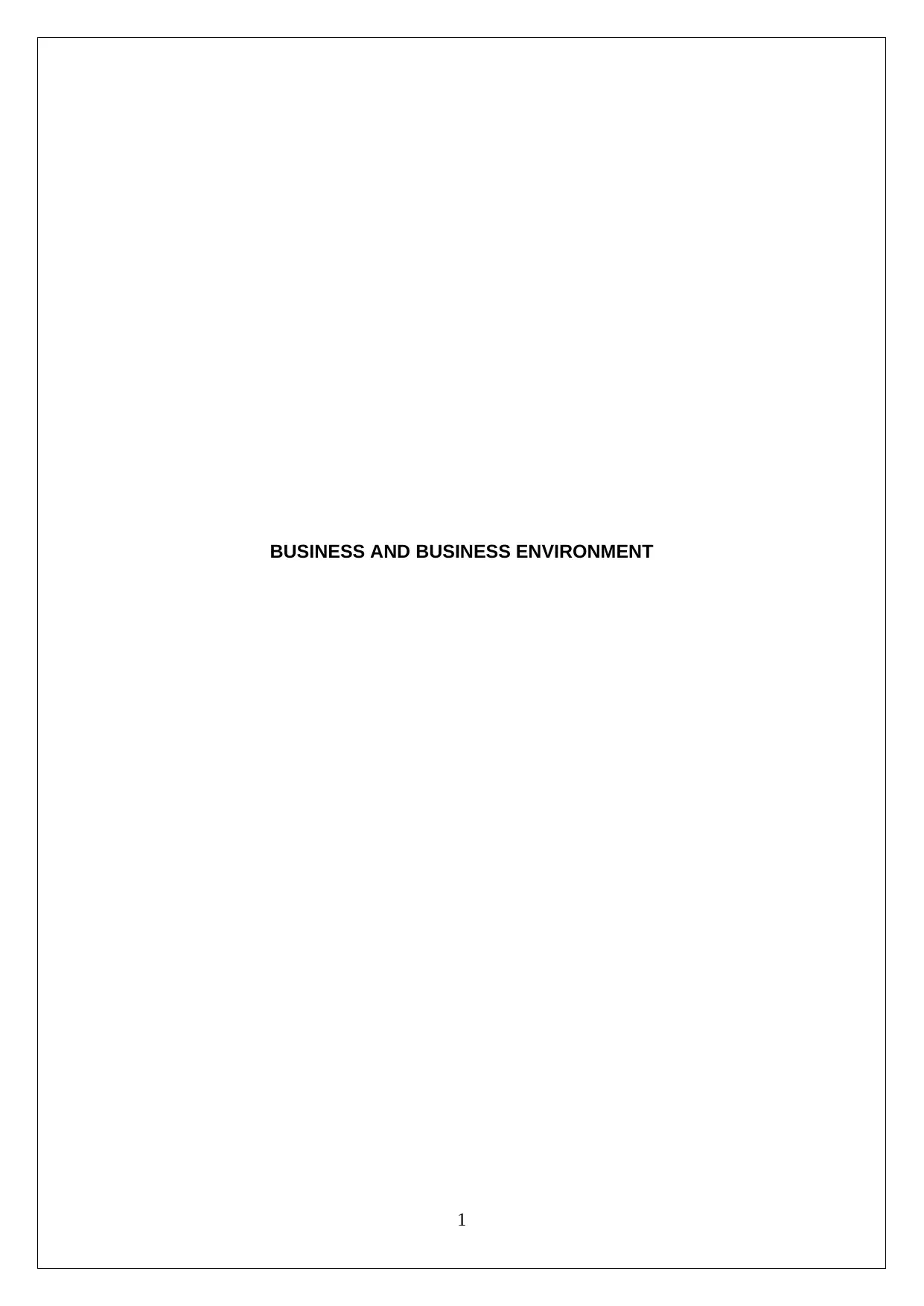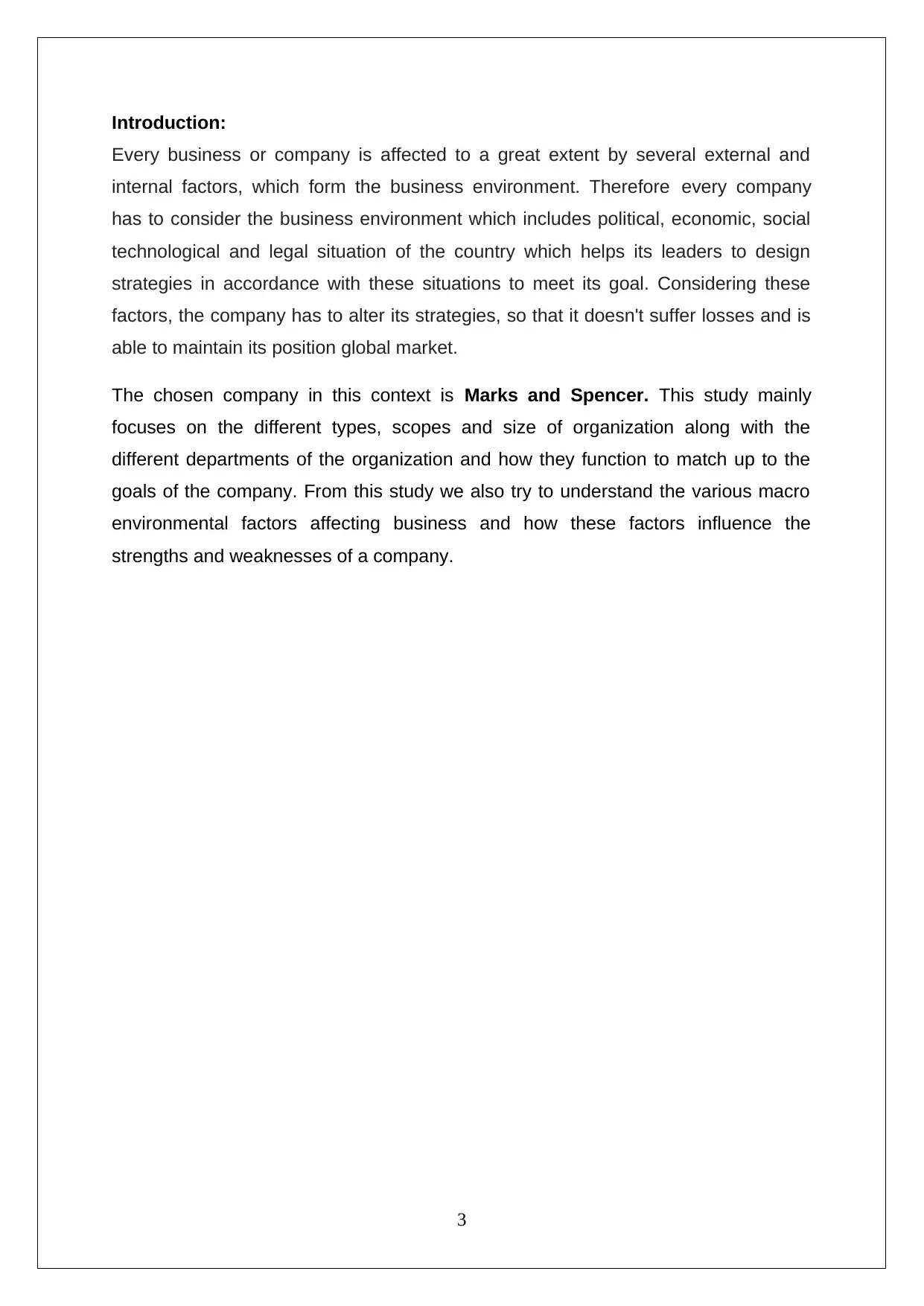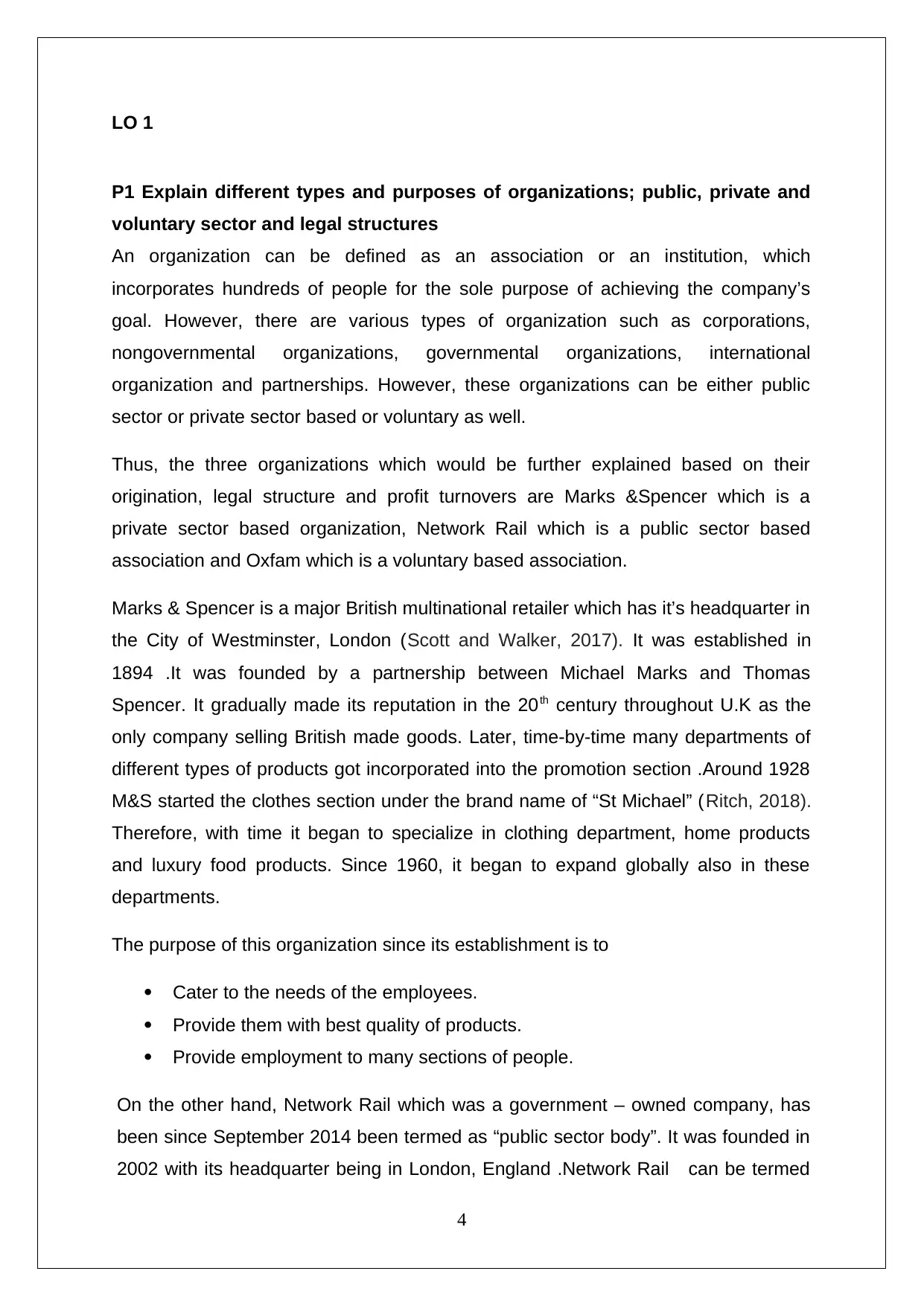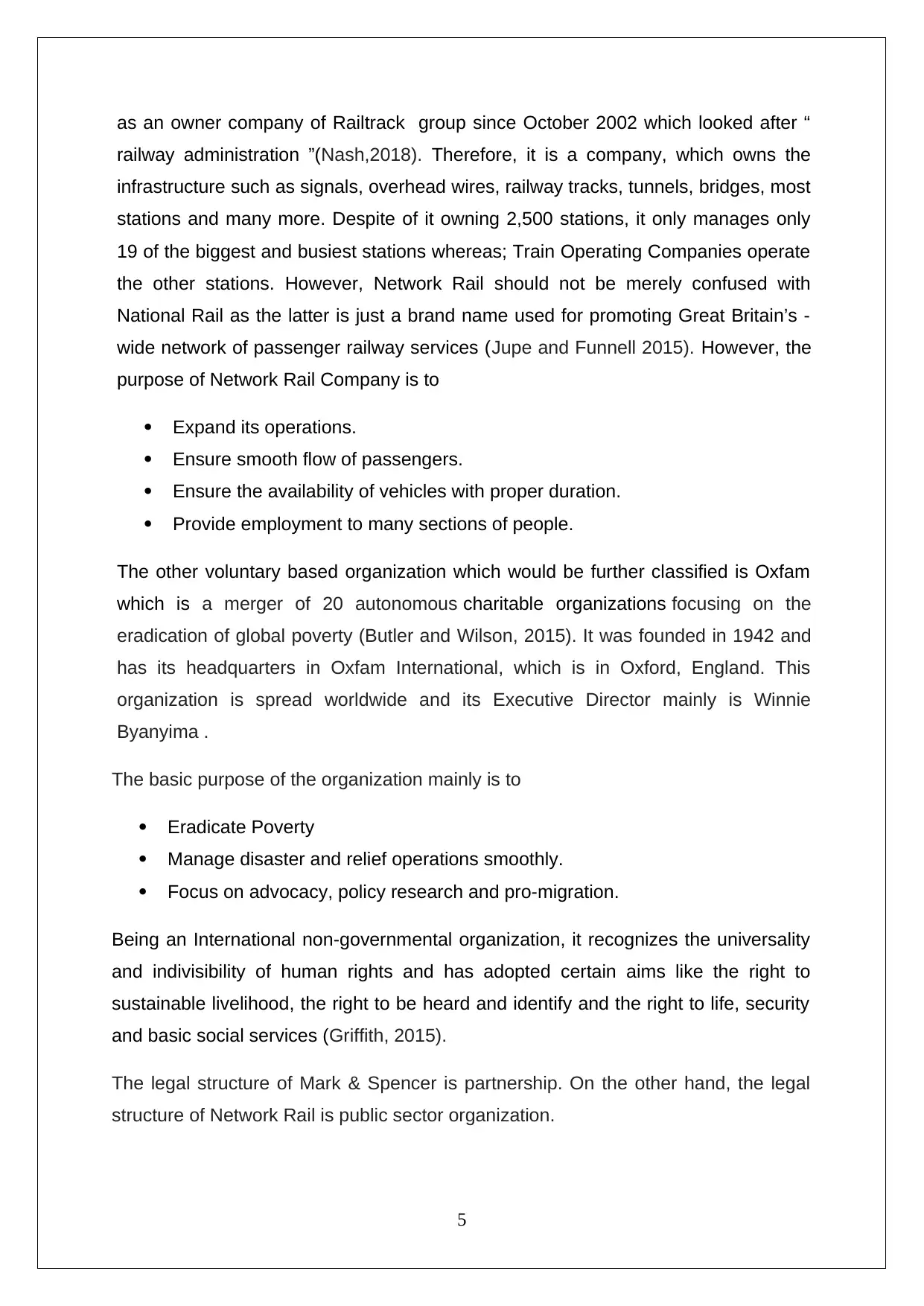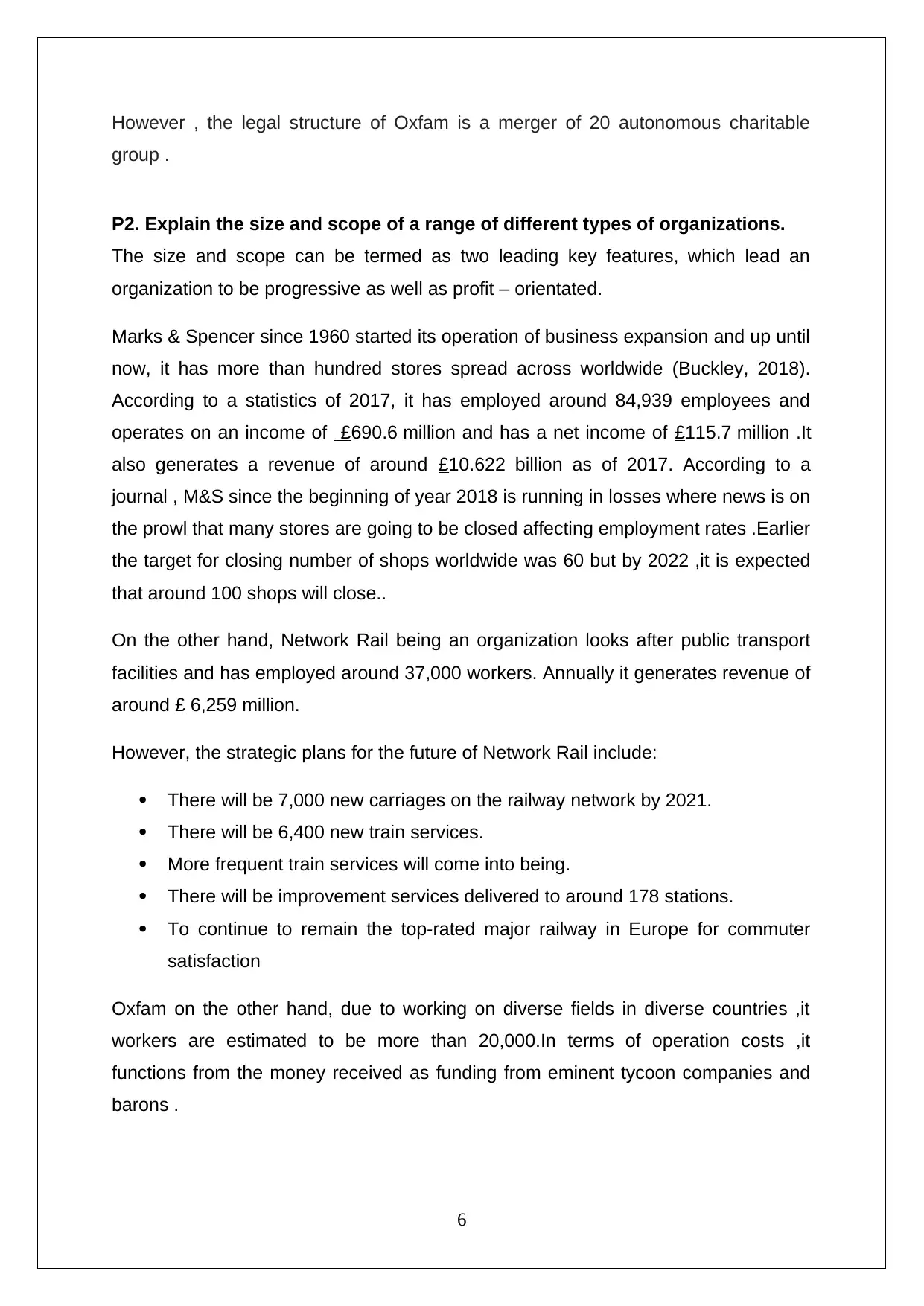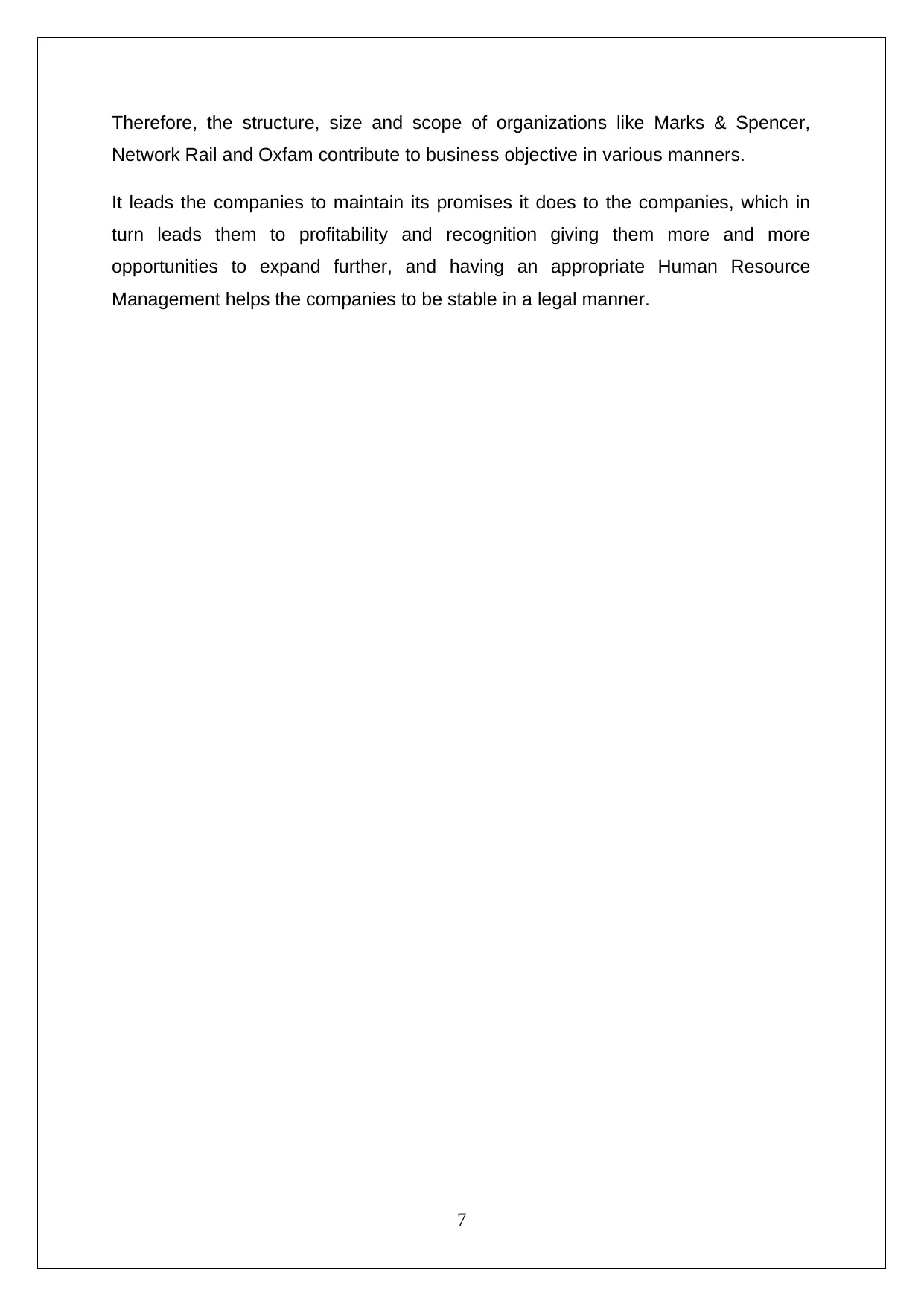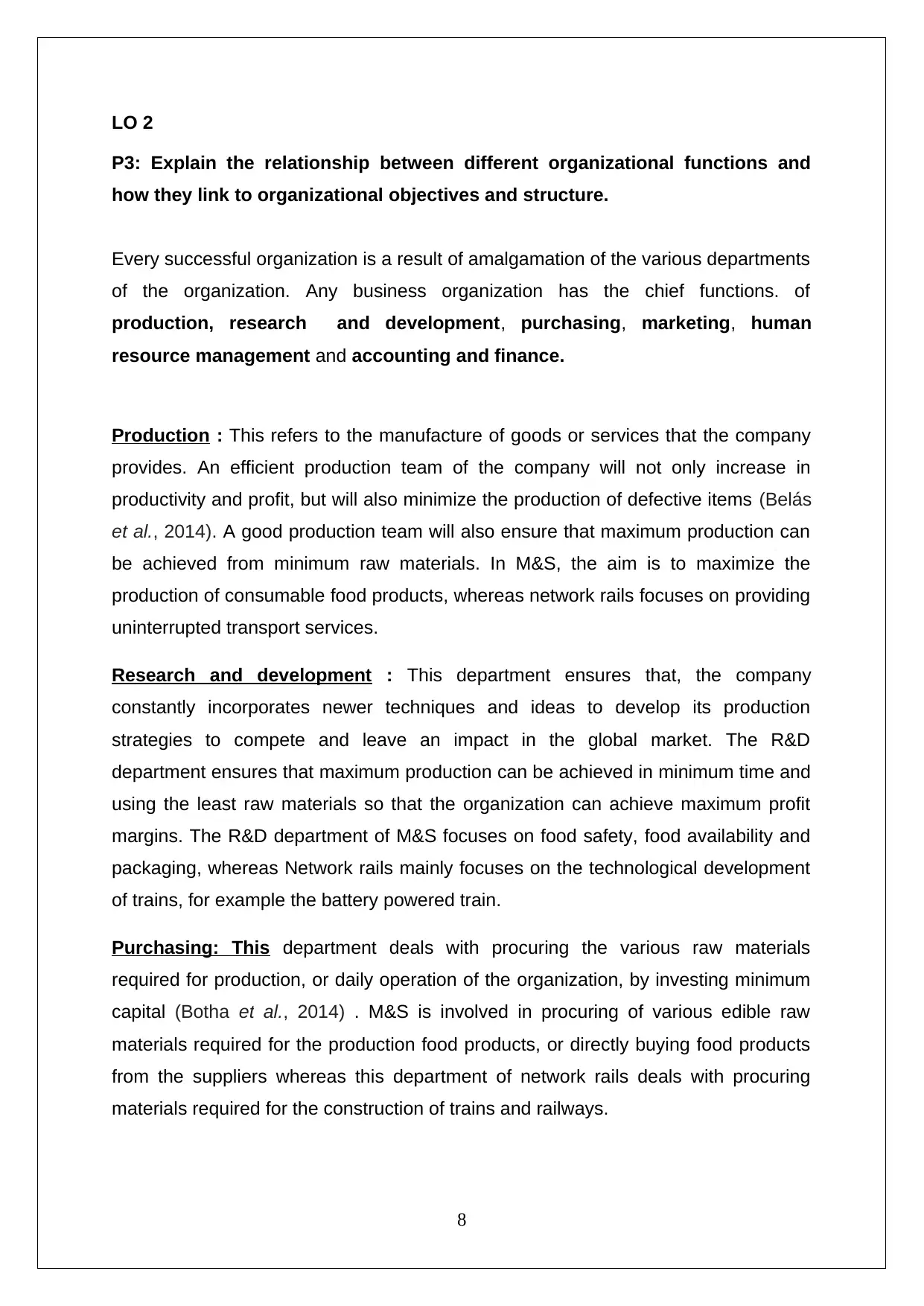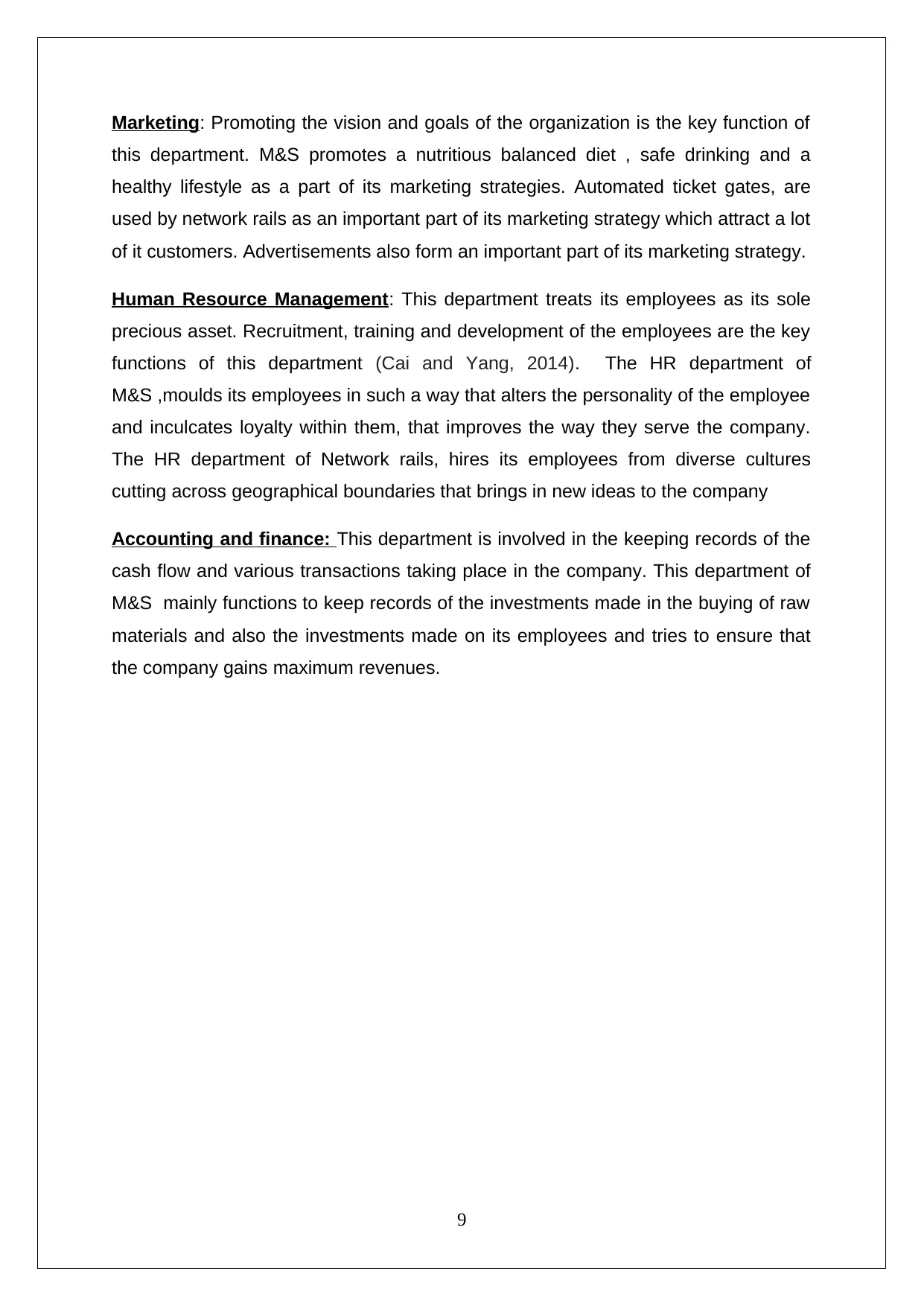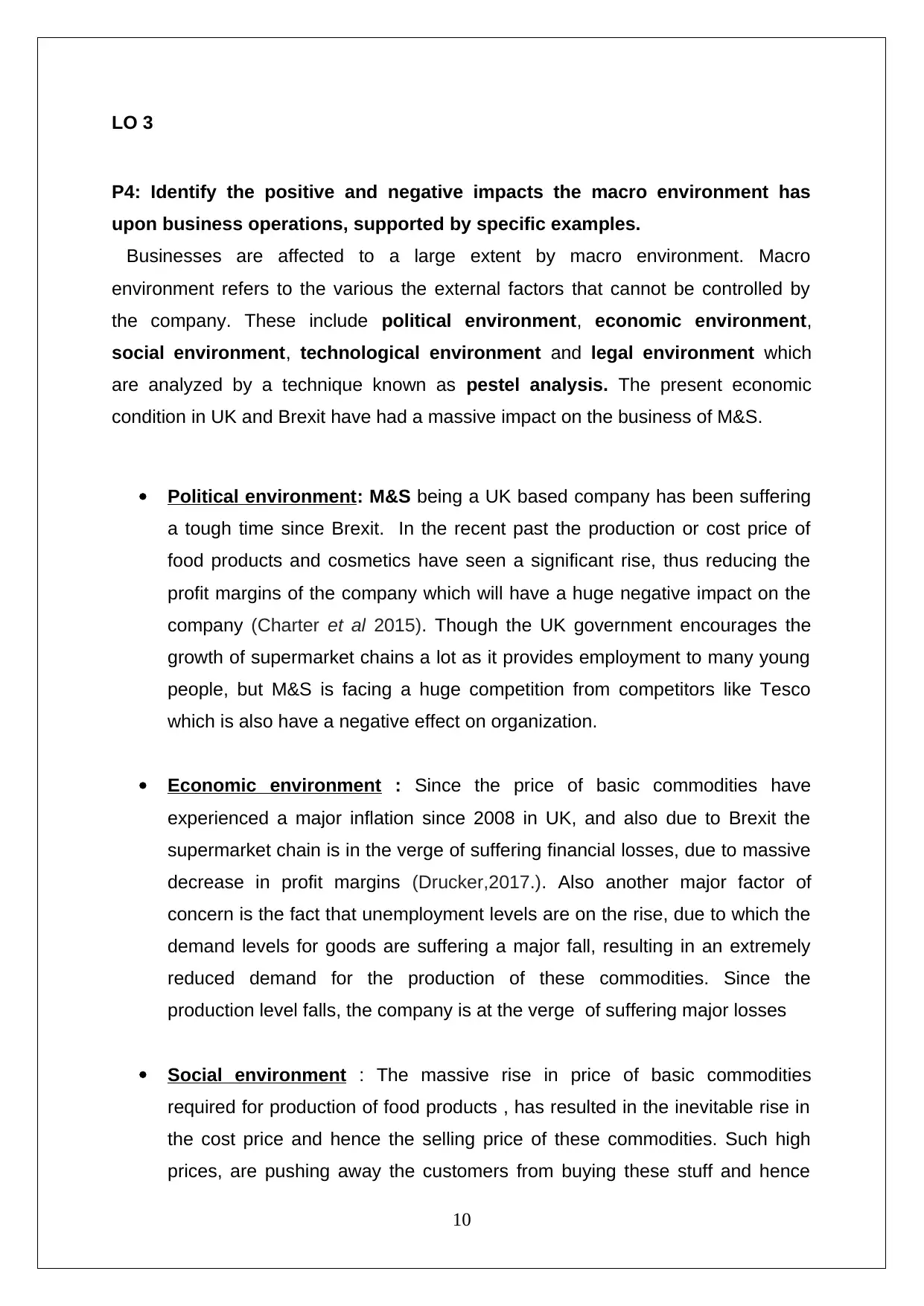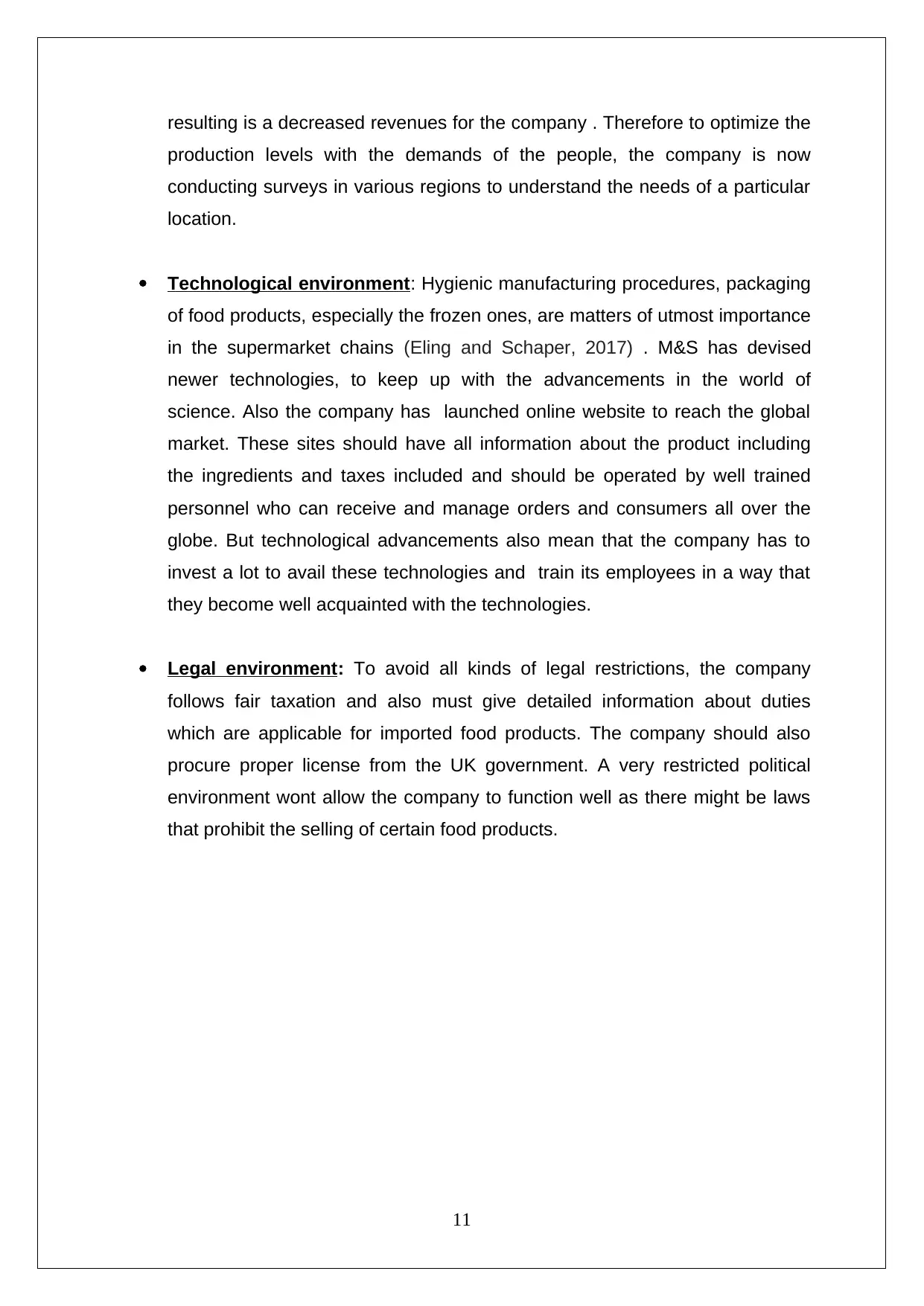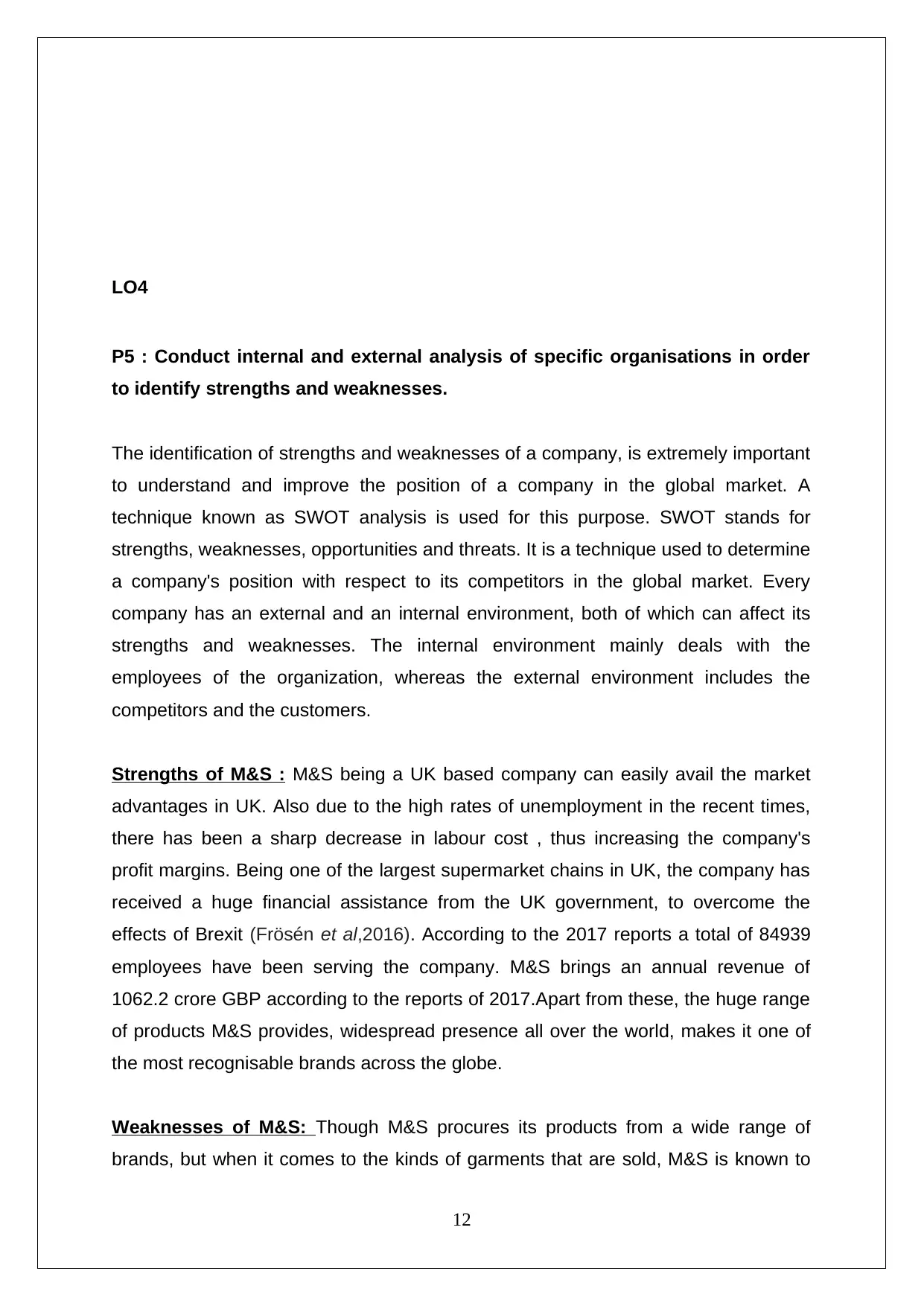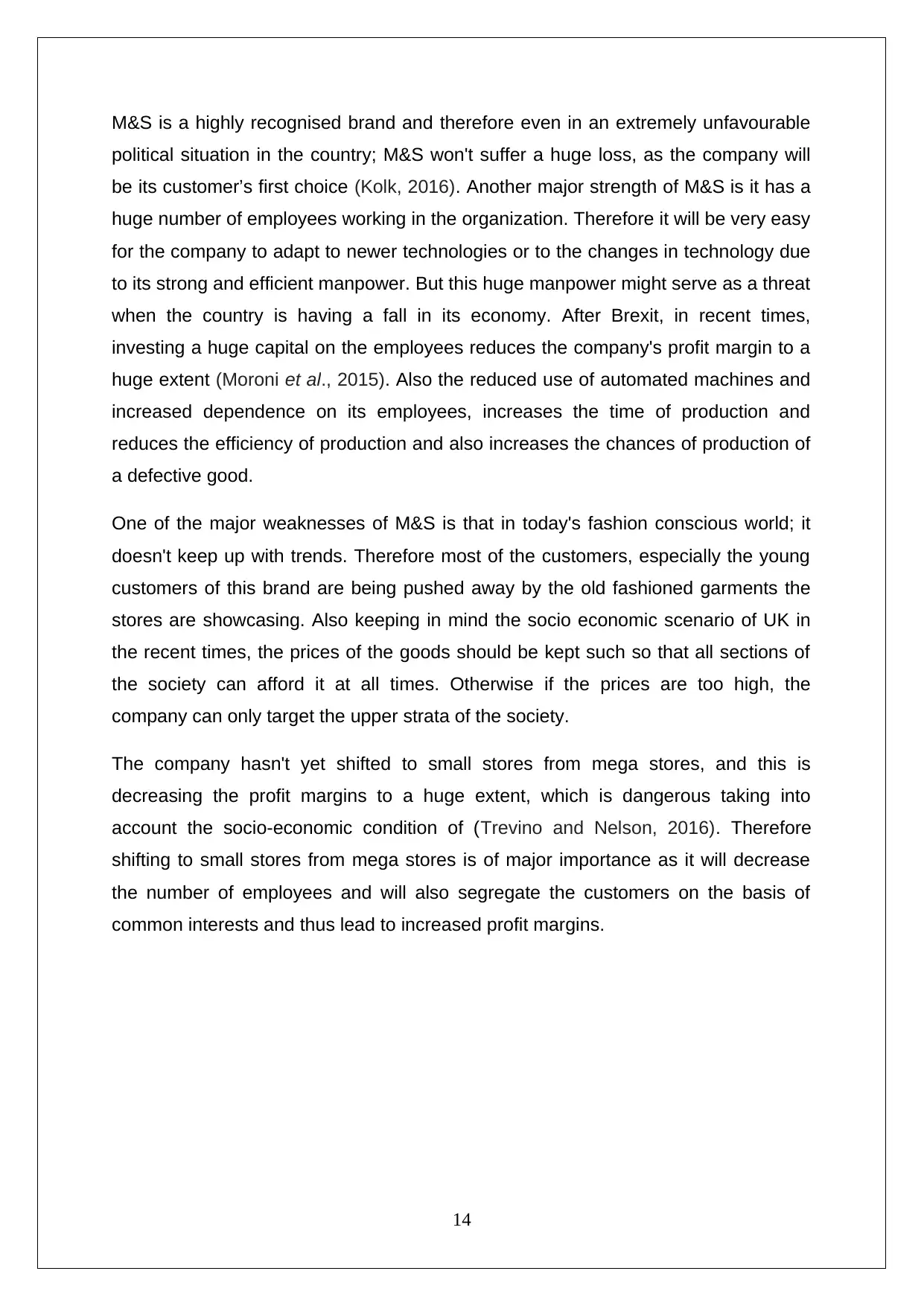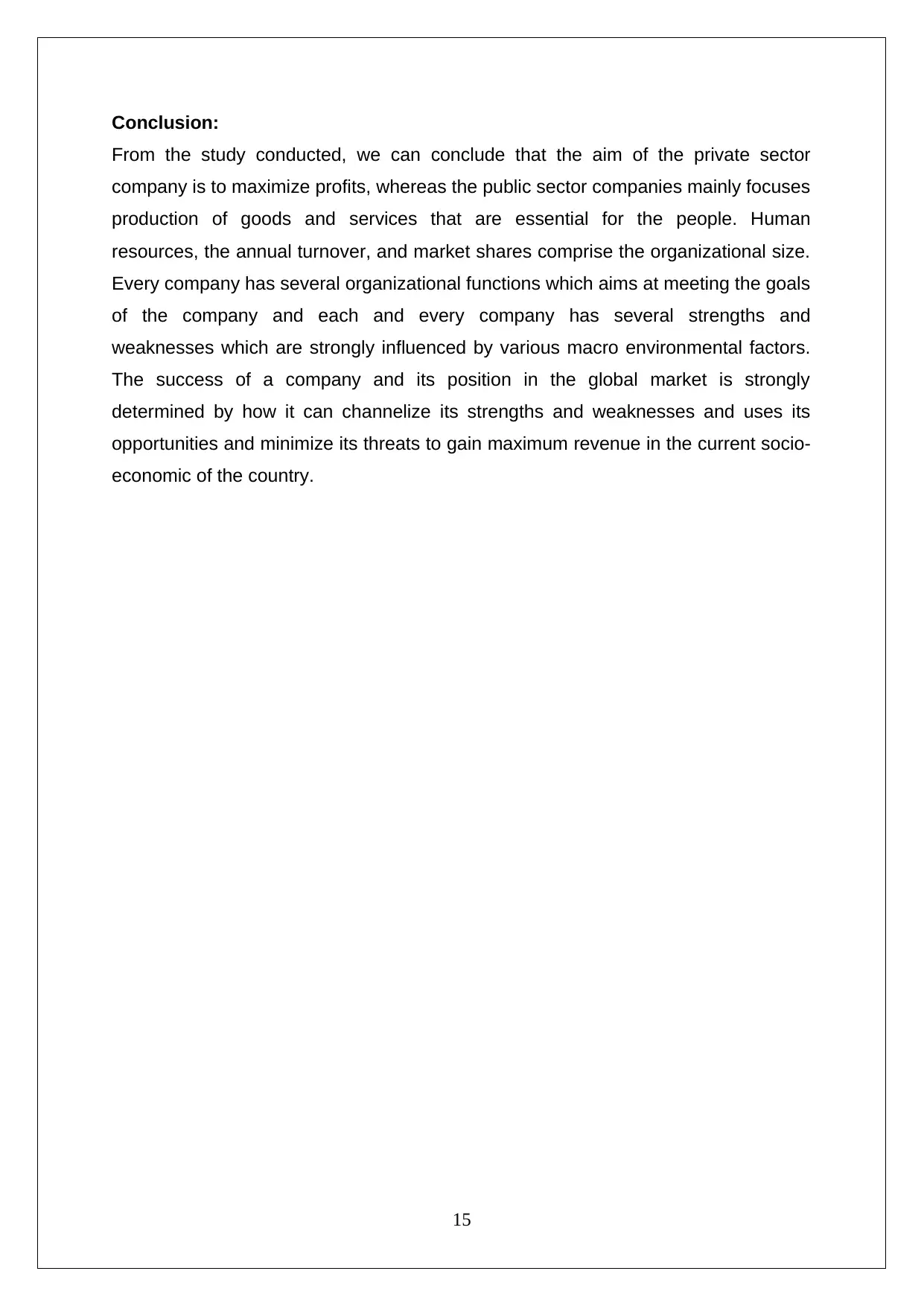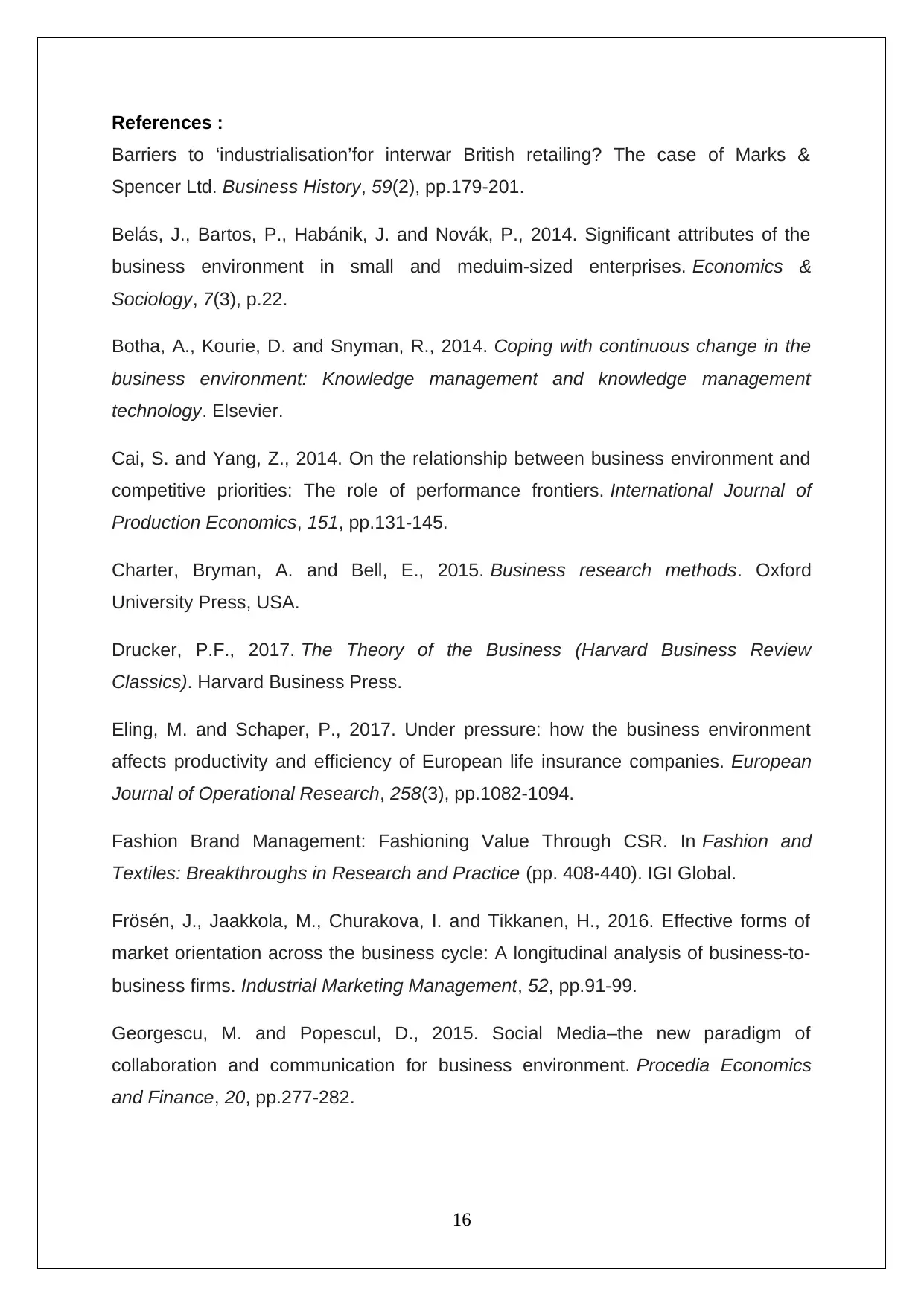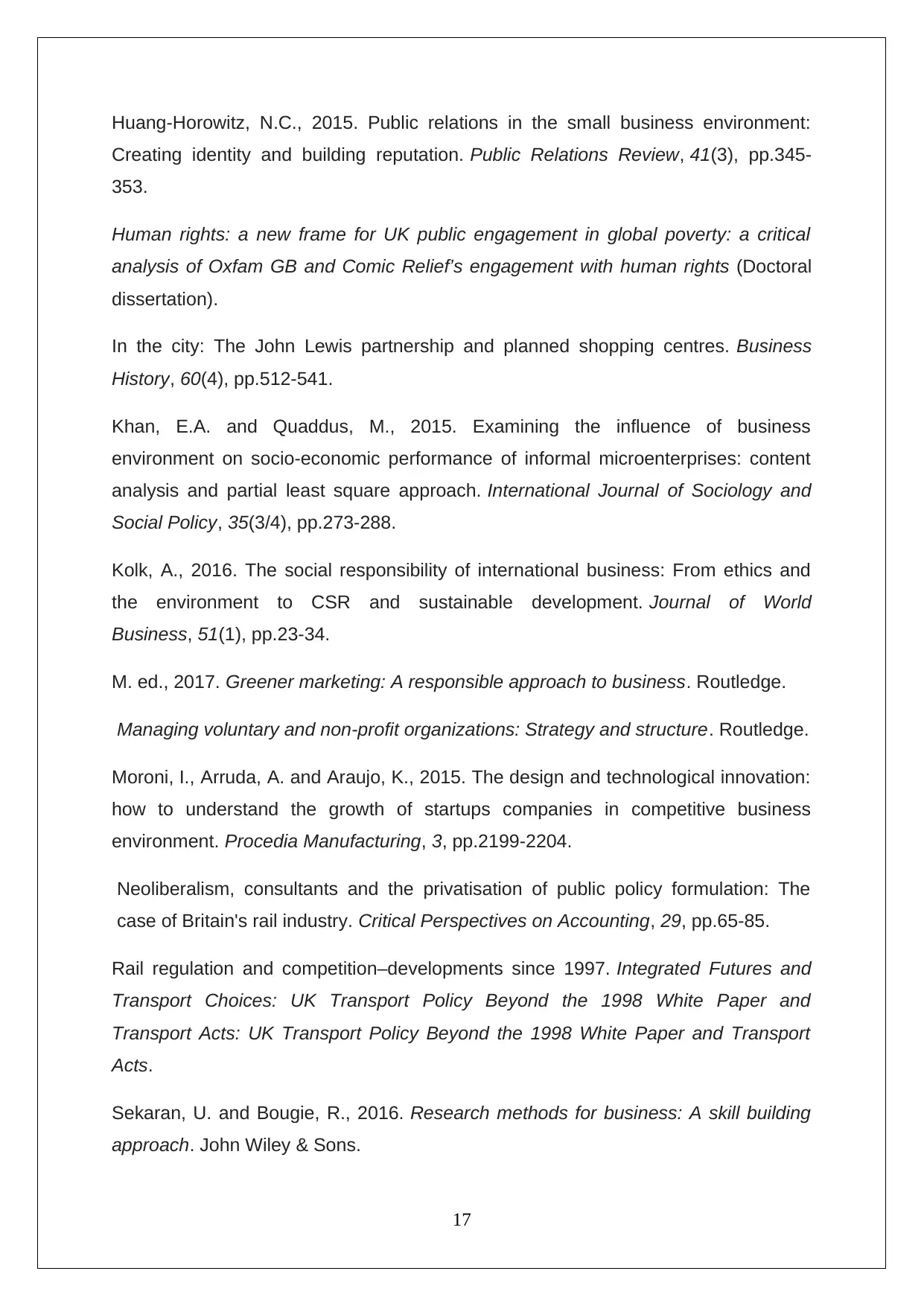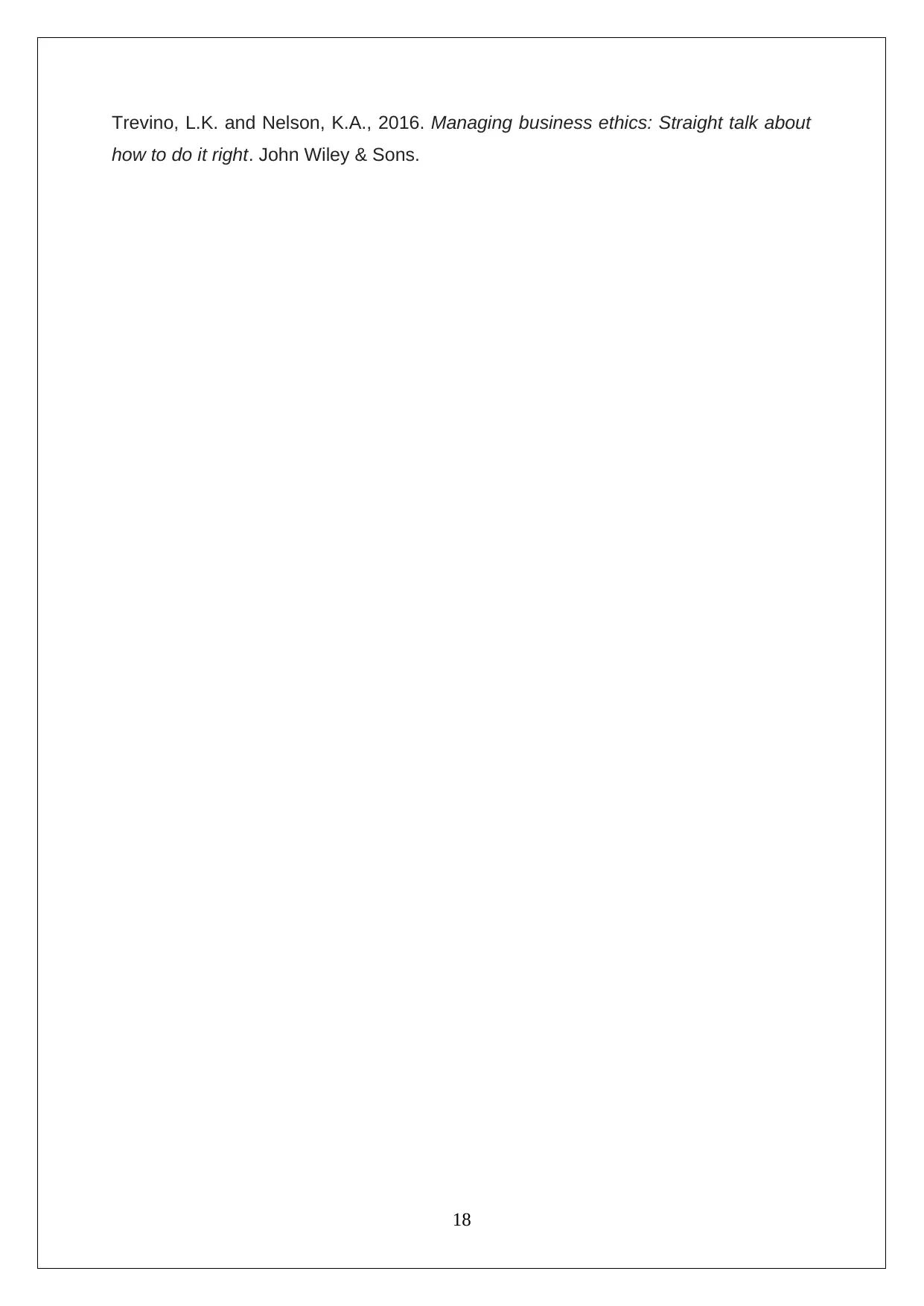This study delves into the complexities of the business environment, examining the different types and purposes of organizations, including public, private, and voluntary sectors. It analyzes the size and scope of organizations like Marks & Spencer, Network Rail, and Oxfam, highlighting their internal functions and how they contribute to organizational objectives. The study further explores the impact of the macro environment on business operations, using M&S as a case study to illustrate the positive and negative effects of political, economic, social, technological, and legal factors. By conducting an internal and external analysis of M&S, the study identifies its strengths, weaknesses, opportunities, and threats, demonstrating how these factors interrelate with the macro environment. The conclusion emphasizes the importance of understanding and managing these factors for organizational success.
![[object Object]](/_next/static/media/star-bottom.7253800d.svg)
![[object Object]](/_next/static/media/star-bottom.7253800d.svg)
